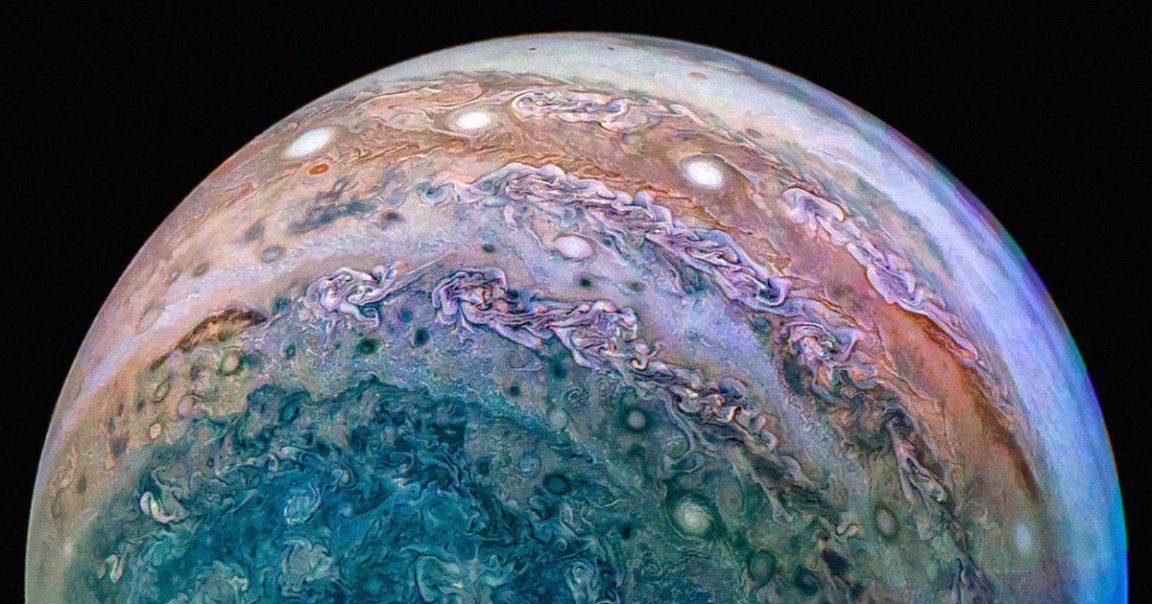
The core of Jupiter, the largest planet in our solar system, has long been a source of mystery for astronomers: an object so unfathomably dense and hot that it defies comprehension.
Conventional theories have suggested for years that the gas giant’s behemoth interior was formed following an enormous collision with an early planet.
The “giant impact” theory suggests that roughly half of Jupiter’s core originated from the remains of such a planet, explaining what researchers believe to be its strange, “fuzzy” interior.
But now, as detailed in a new paper published in the journal Monthly Notices of the Royal Astronomical Society, an international team has found that the theory may not hold up after all, potentially undermining the way we understand Jupiter’s formation.
In their research, the scientists attempted to explain Jupiter’s gradual blend of hydrogen layers, as first observed by NASA’s Juno spacecraft. Researchers have long butted their heads over how such a structure could’ve come to be.
By simulating the conditions during a planetary impact using a supercomputer, the researchers posed the question of whether Jupiter’s “dilute core” is really the result of a massive collision.
Confusingly, none of their giant impact simulations, even under the most extreme circumstances, resulted in the gradual blends of gas that currently seem to make up the planet’s core, undermining current impact theories.
Instead, they found that the resulting cloud of rock and ice core material would settle into distinct layers, not a gradual blend.
The research sheds new light — and controversy — on how one of the largest and most extreme structures in our solar system originally came to be.
They propose in their paper that Jupiter’s core formed gradually as it attracted heavy and light elements over time, “as part of the extended formation and evolution of giant planets, rather than through extreme, low-likelihood giant impacts.”
“It’s fascinating to explore how a giant planet like Jupiter would respond to one of the most violent events a growing planet can experience,” said Durham University planetary scientist and lead author Thomas Sandnes in a statement.
“We see in our simulations that this kind of impact literally shakes the planet to its core — just not in the right way to explain the interior of Jupiter that we see today,” he added.
Intriguingly, scientists have discovered that our system’s other gas giant, Saturn, the second-largest planet after Jupiter, may also have a similar dilute core.
“The fact that Saturn also has a dilute core strengthens the idea that these structures are not the result of rare, extremely high-energy impacts but instead form gradually during the long process of planetary growth and evolution,” said University of Oslo researcher and coauthor Luis Teodoro in the statement.
The same findings could even apply to other gas giants orbiting distant stars, suggesting their cores have complex interiors as well.
“Giant impacts are a key part of many planets’ histories, but they can’t explain everything!” exclaimed coauthor and SETI Institute research scientist Jacob Kegerreis.
More on Jupiter: Scientists Find Jupiter Used to Be Twice Its Current Size Before Shrinking Dramatically